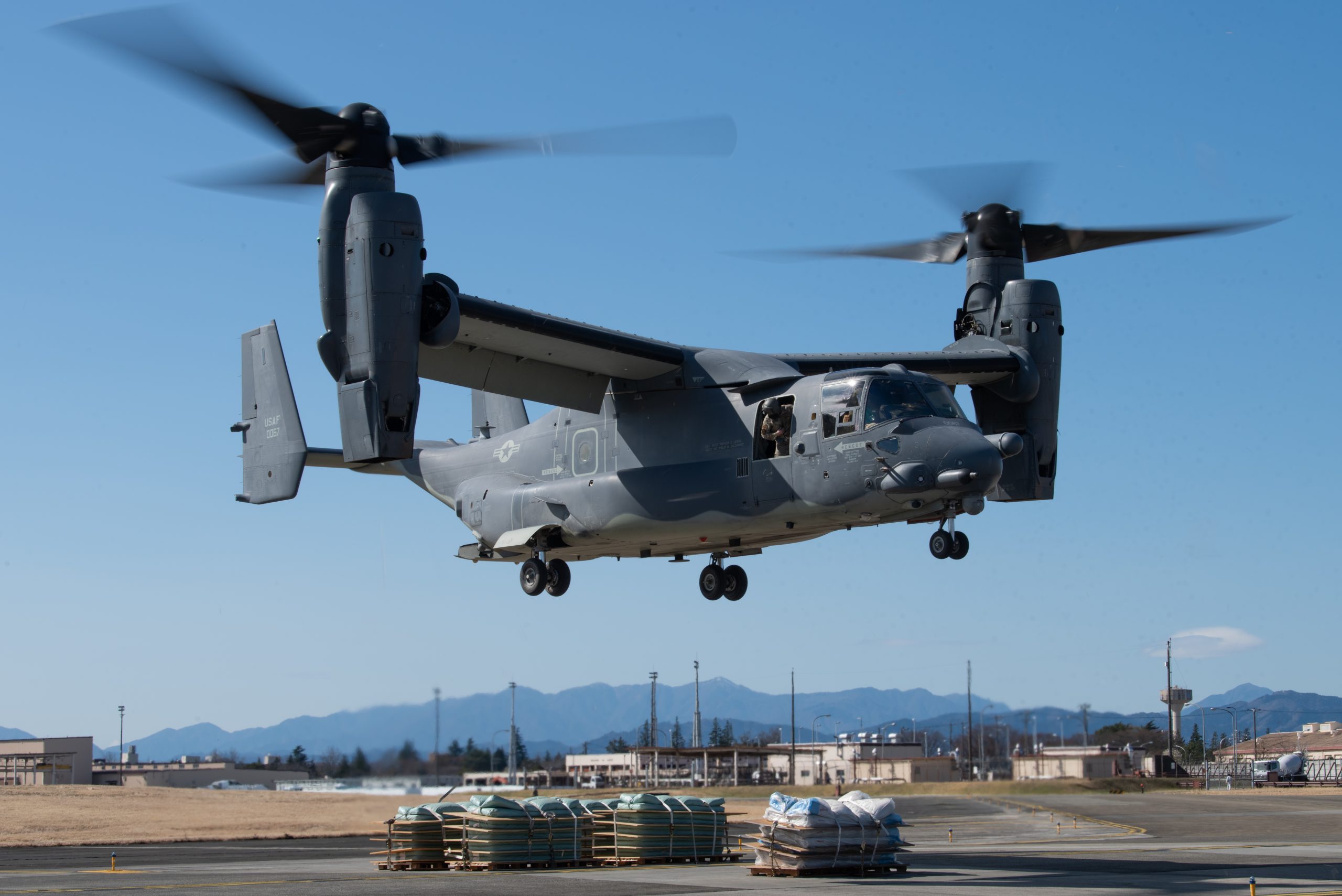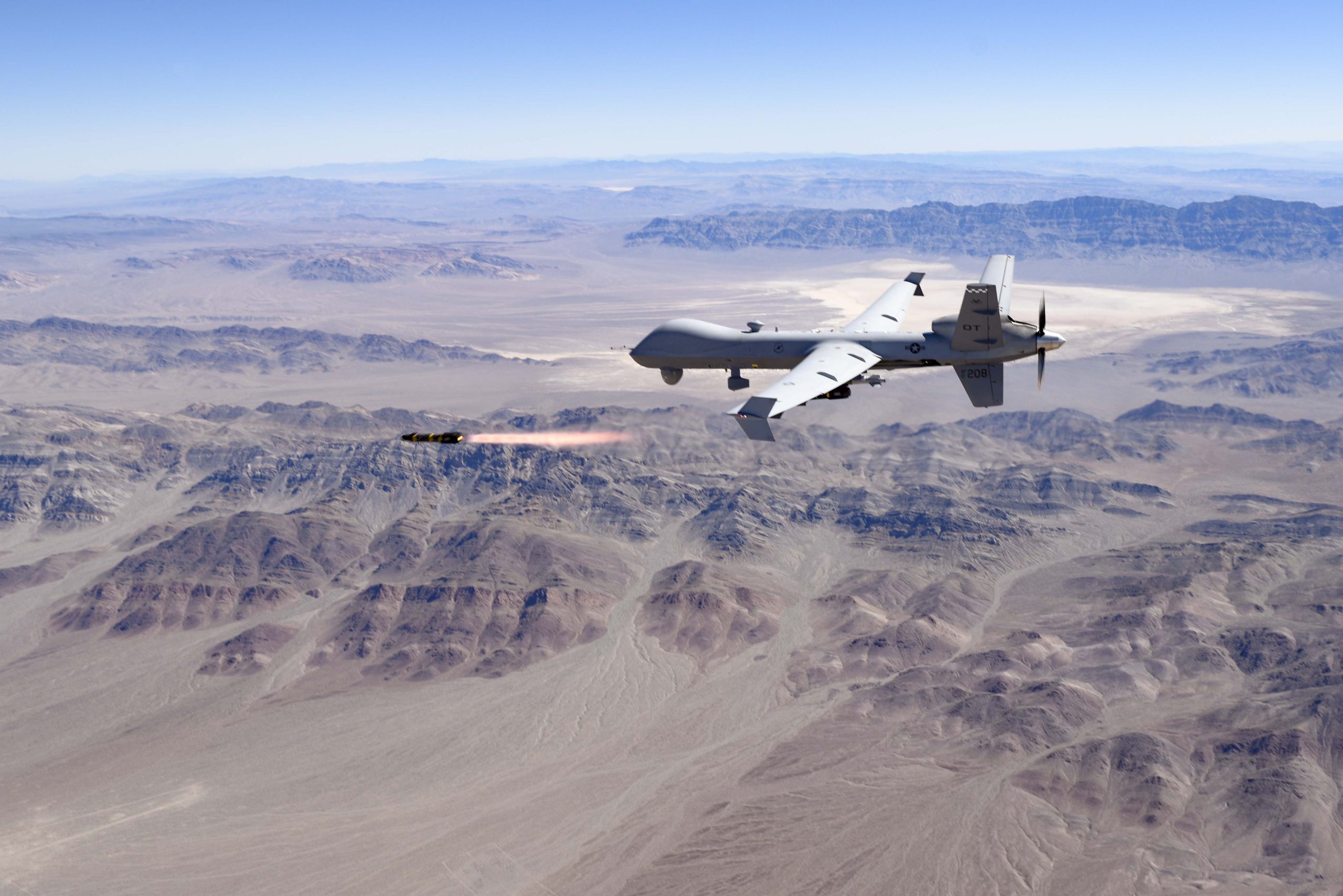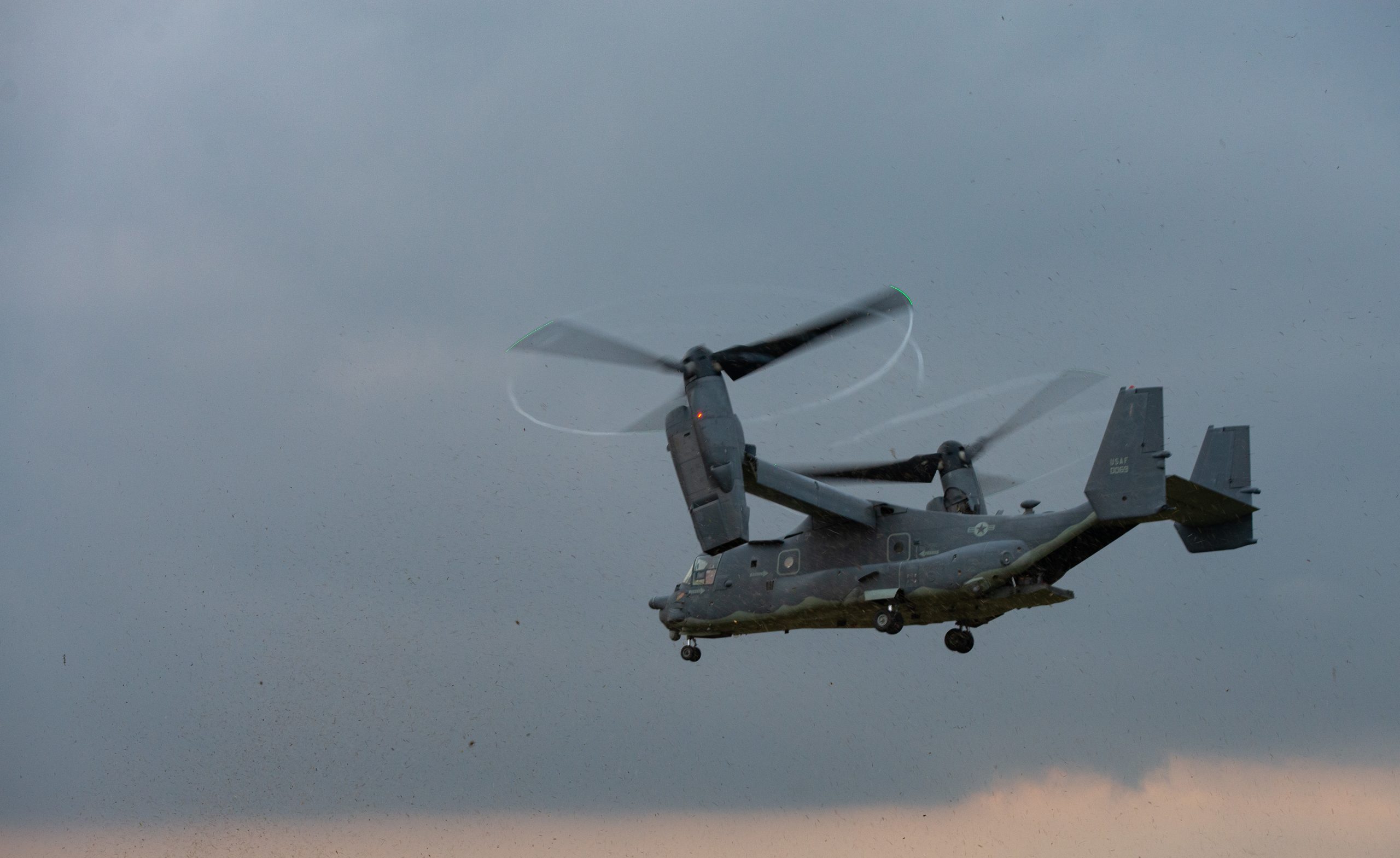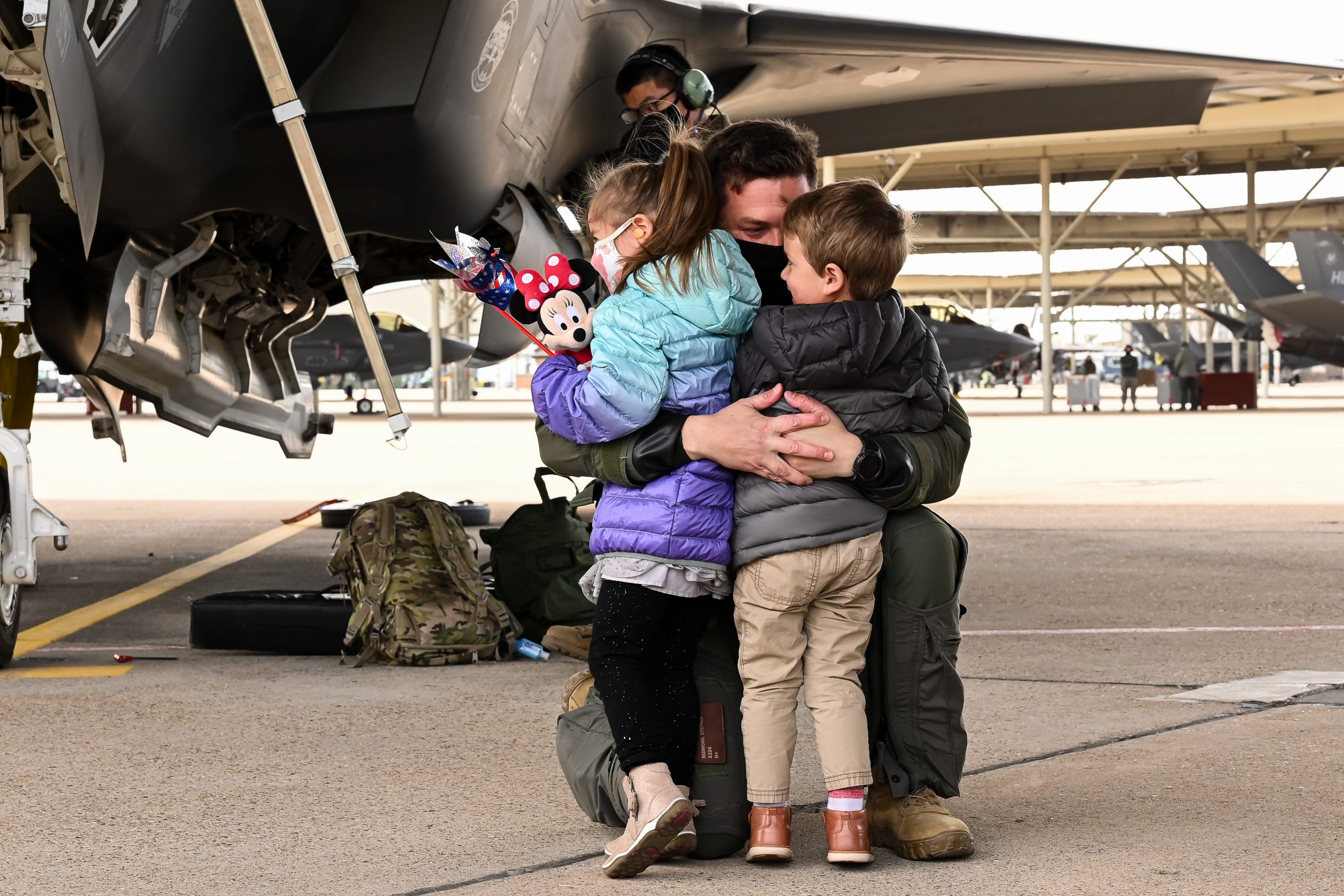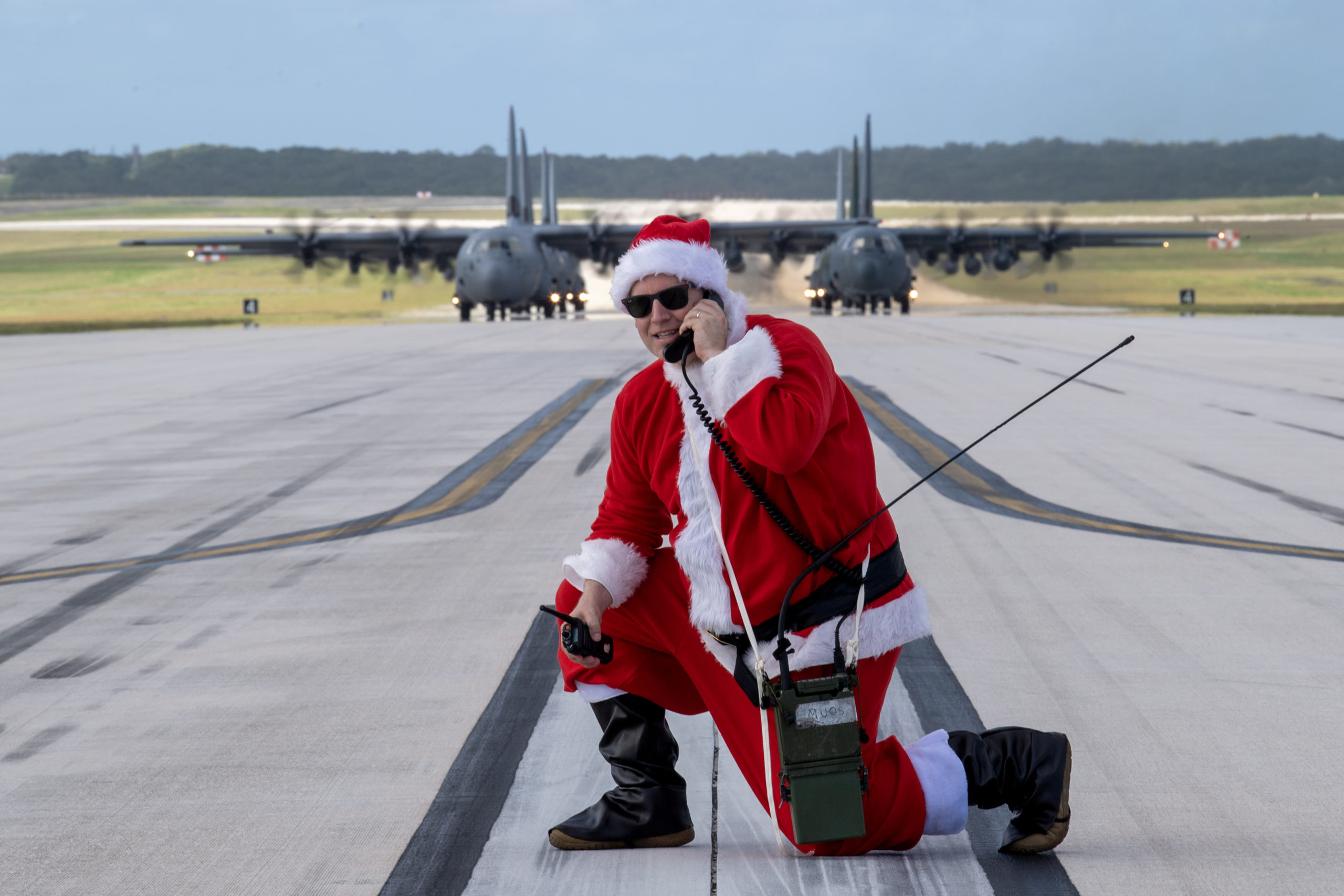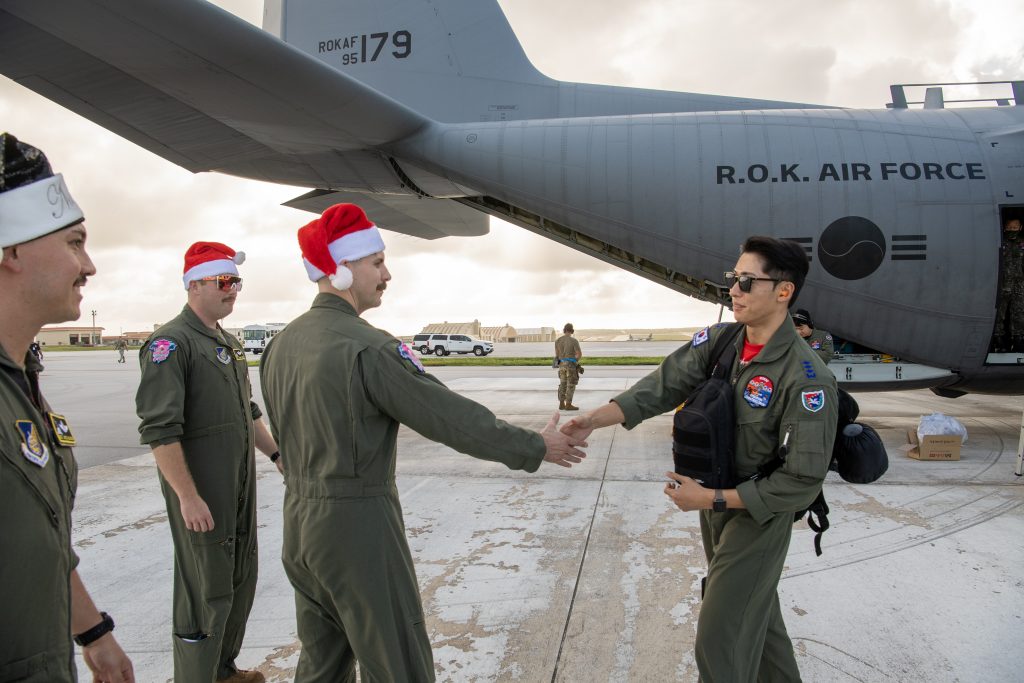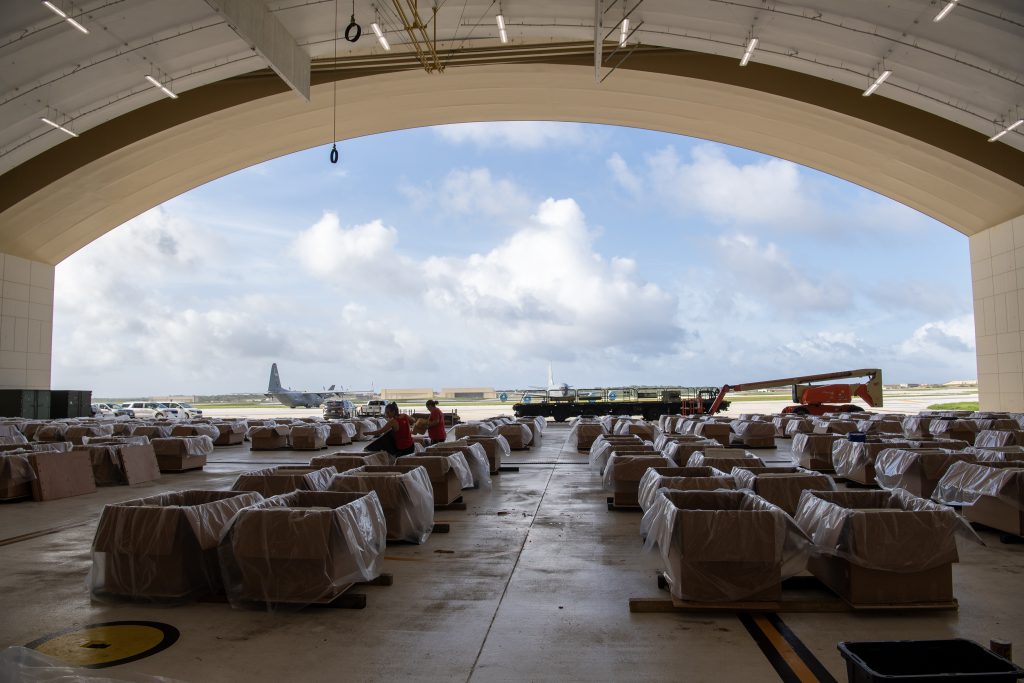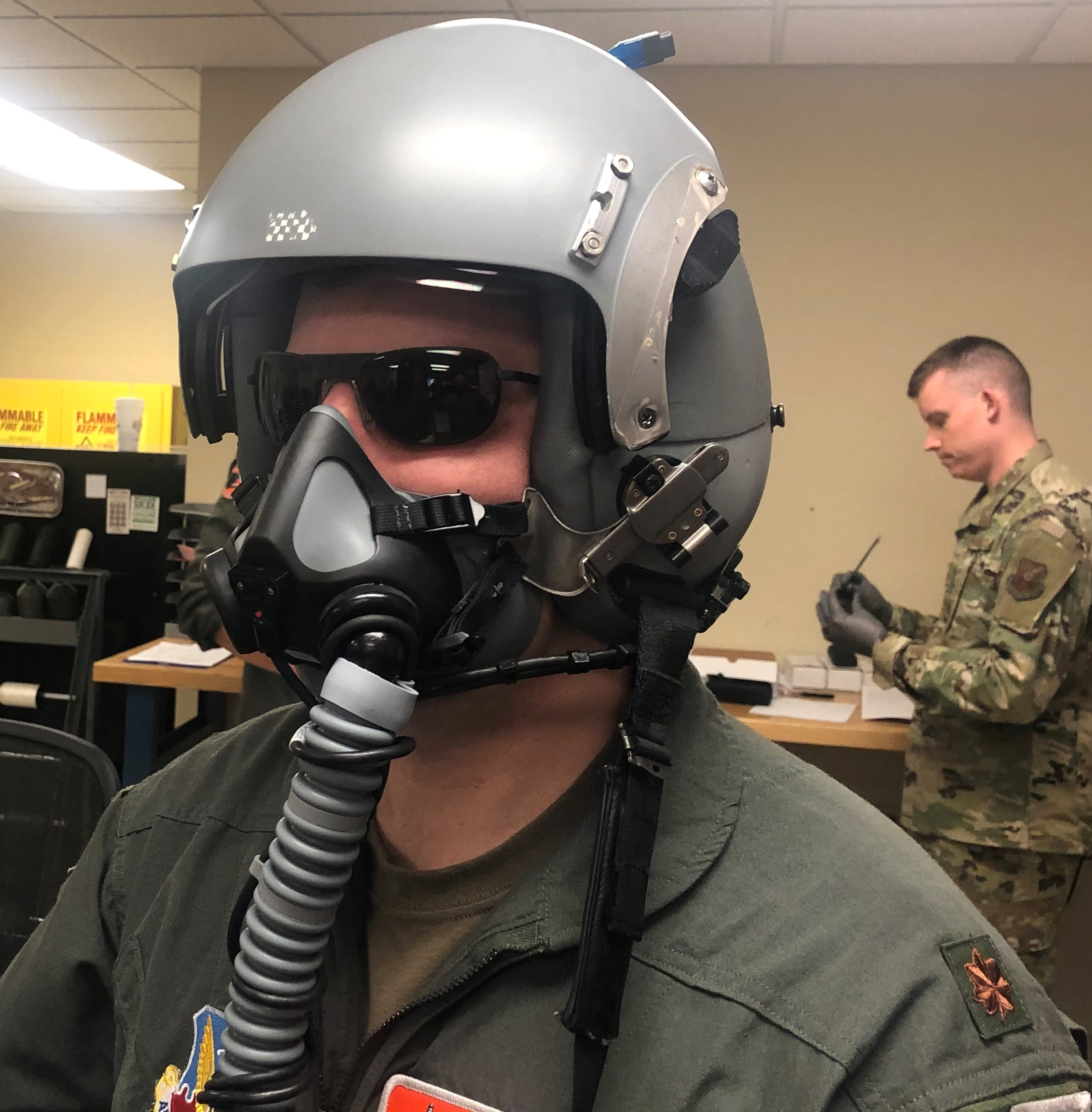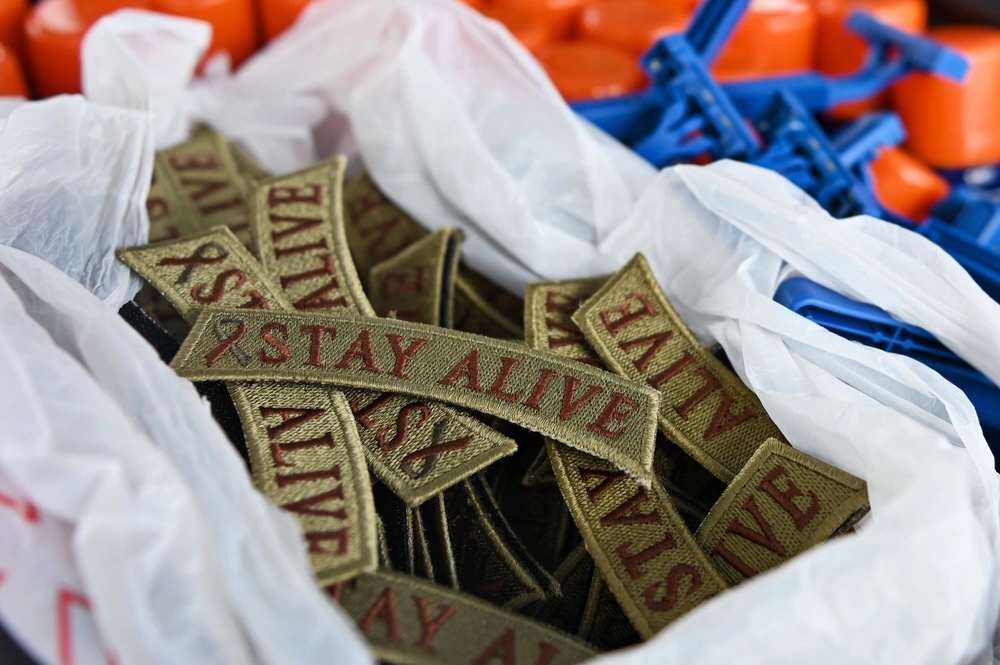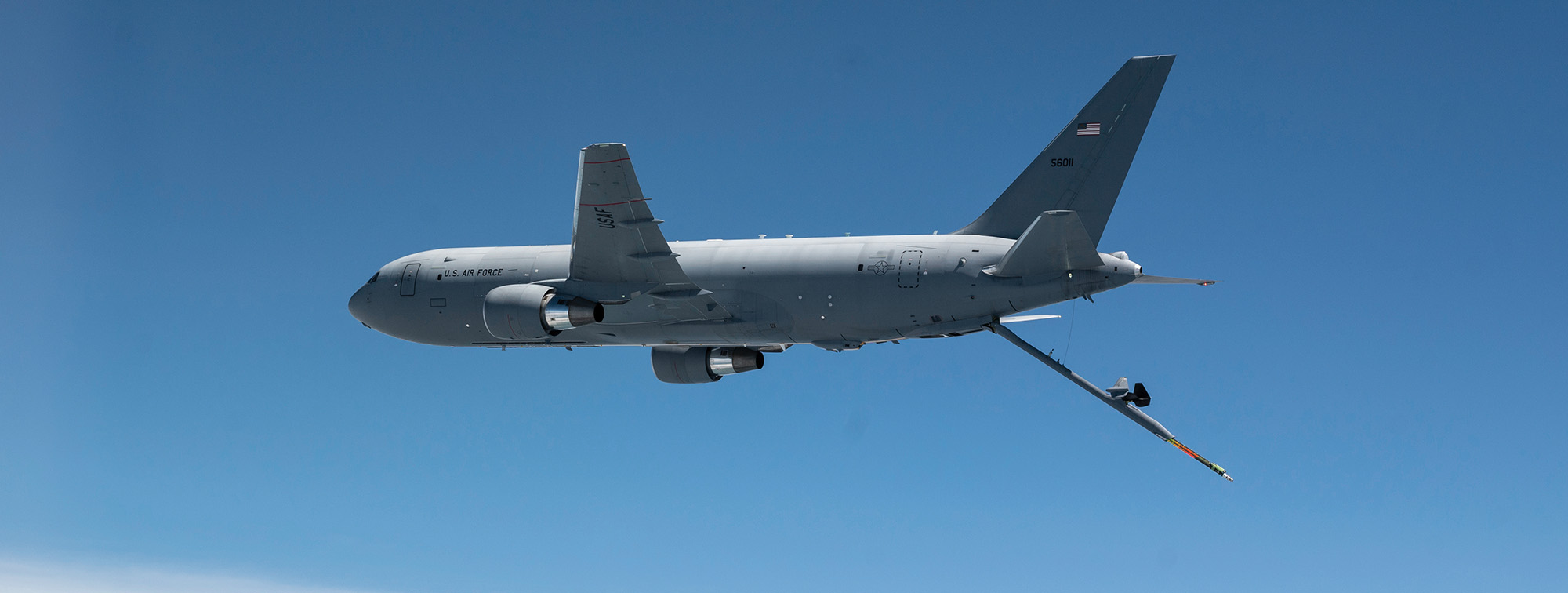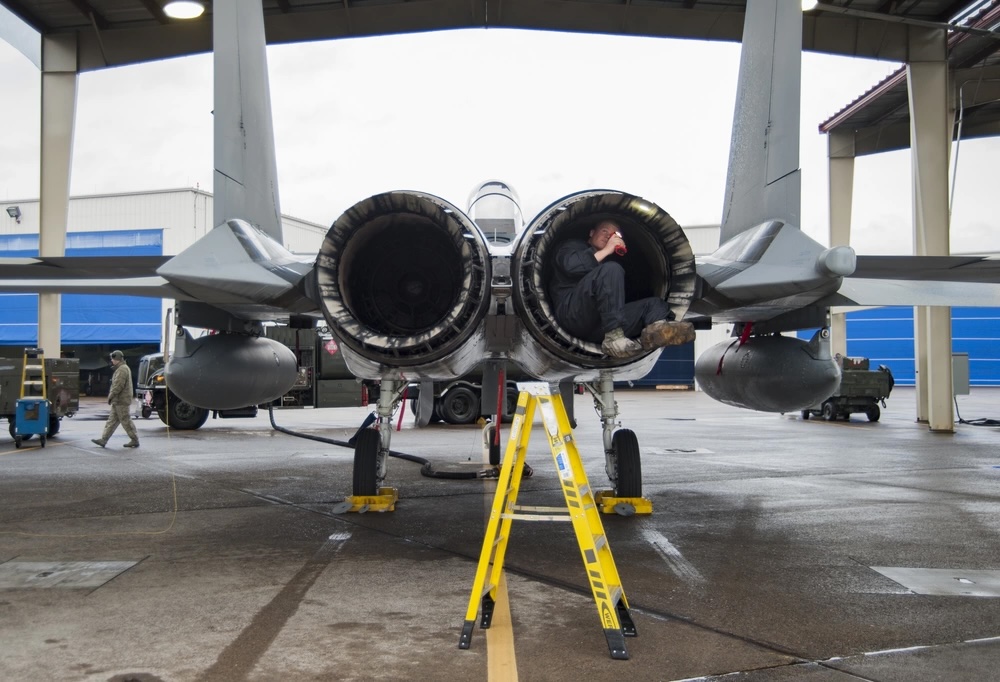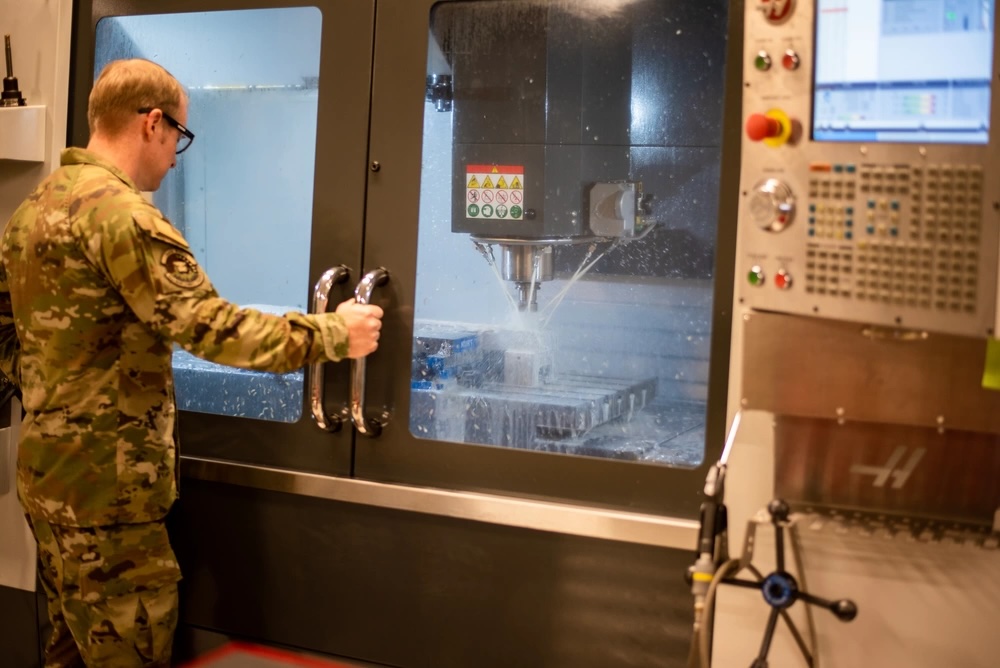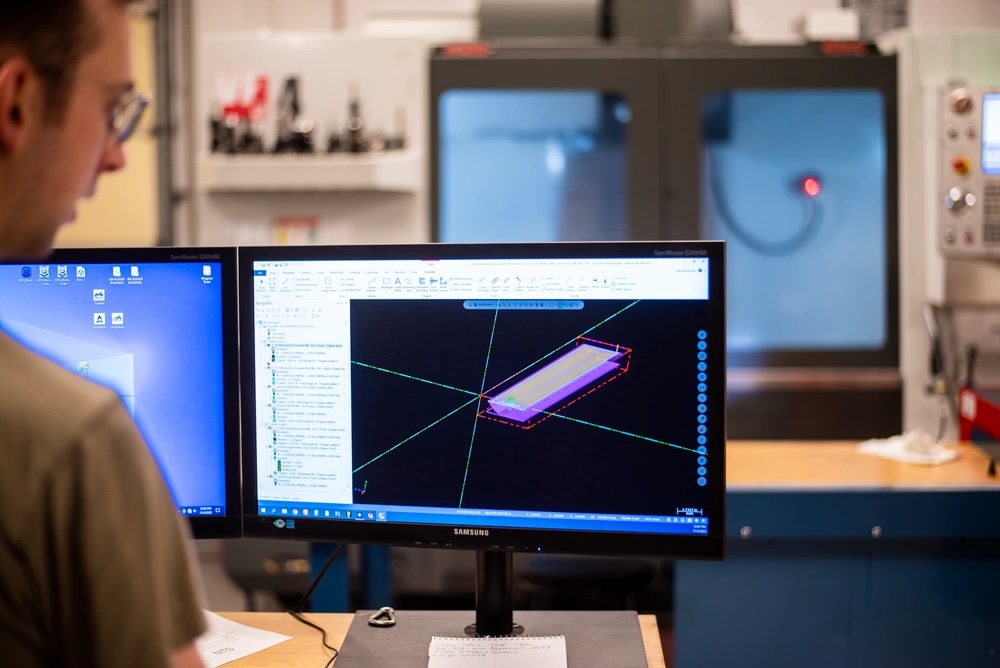After a nearly weeklong search, U.S. and Japanese search teams have located the bulk of the wreckage of the U.S. Air Force CV-22 Osprey that crashed off the coast of southern Japan, along with the remains of most of its crew members.
Search and rescue teams had been looking for the aircraft since it crashed Nov. 29. The remains of five crew members were found Dec. 4, Air Force Special Operations Command said in a statement—a previous crew member’s remains were announced as recovered Dec. 2.
Eight Airmen were aboard the Osprey when it went down.
“The combined Japanese and United States teams working diligently in the search for the CV-22 aircraft that crashed near Yakushima, Japan, on Nov. 29, 2023, had a breakthrough when their surface ships and dive teams were able to locate remains along with the main fuselage of the aircraft wreckage,” AFSOC said in a statement.
The remains of two of five crew members found on Dec. 4 have been recovered, AFSOC added. They have have yet to be identified, according to the U.S. military. Search and recovery efforts are continuing.
“There is an ongoing combined effort to recover the remaining crew members from the wreckage,” AFSOC said in the statement.
The U.S. previously confirmed the death and identity of one Airman, Staff Sgt. Jacob “Jake” M. Galliher, 24, who was recovered shortly after the mishap.
“The coalition of military, coast guard, law enforcement, mariners, and local volunteers remain steadfast in locating and bringing the U.S. service members back to their units and their families,” AFSOC stated.
“It’s some tough times we have,” Air Force Chief of Staff. Gen. David W. Allvin said at the Reagan National Defense Forum in Simi Valley, Calif., on Dec. 2. “We are blessed in that we have Americans who are willing to come into our formation and take on those types of activities. We’re very proud of them—all of them—and we’re very saddened by that situation.”
The aircraft was assigned to 353rd Special Operations Wing and based at Yokota Air Base, Japan. It went down during what Air Force and Pentagon officials have called a “routine training mission.” The unit operating the CV-22 involved in the mishap is not currently conducting flight operations, the Pentagon said Dec. 1.
The Osprey is a tilt-rotor aircraft, which allows it to take off and land like a helicopter, then move its rotors and fly like an airplane. Air Force Special Operations Command operates a fleet of around 50 Ospreys, and the aircraft is also flown by the Marines and Navy.
The Osprey has had several fatal accidents recently. In August, three Marines were killed when their Osprey crashed in Australia. In 2022, nine Marines were killed in two separate crashes.
AFSOC temporarily grounded the Osprey in 2022 after two “hard clutch engagements,” in which the clutch slips and reengages. Air Force and other services have not said whether they will ground the fleet after the latest mishap, which is under investigation.
Along with Japanese personnel, Pacific Air Forces; United States Pacific Fleet; United States Marine Corps Forces, Pacific; Special Operations Command Pacific; 353rd Special Operations Wing, Kadena Air Base, Japan; 18th Wing, Kadena Air Base, Japan; and the 1st Special Forces Group have been involved in the search efforts, according to the Pentagon. The U.S. military is leading the search.
Speaking at the Reagan National Defense Forum Dec 2., Secretary of the Air Force Frank Kendall thanked Japanese personnel for their efforts in the search and American service members.
“Going into the holiday season, remember our men and women in uniform who are out there putting their lives on the line,” Kendall said.
